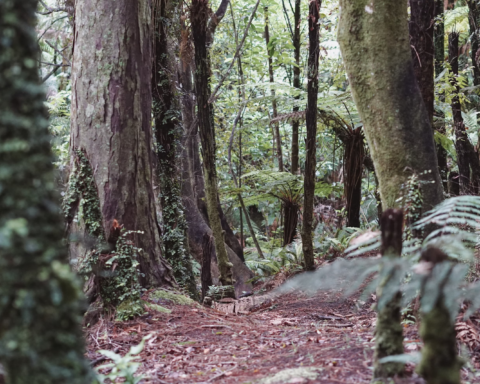When a tree gets injured, whether due to pruning, storm damage, or any other reason, it creates an open wound. Just like humans, trees have a defense mechanism to heal themselves. However, some arborists and homeowners opt to use tree wound sealers, also known as pruning sealers or wound dressings, to aid in the healing process. But is this practice truly beneficial? Let’s delve into the pros and cons of using tree wound sealers to make an informed decision.
Pros of Using Tree Wound Sealer
Promotes Faster Healing
One of the main arguments in favor of using tree wound sealers is that they can promote faster healing of tree wounds. By applying a sealant over the exposed area, it creates a barrier against pests, pathogens, and harsh weather conditions, allowing the tree to allocate more resources towards healing.
Prevents Infection
Similar to how a bandage protects a wound on human skin from infection, tree wound sealers can serve as a protective layer, preventing harmful organisms from entering the wound site. This can be particularly beneficial in areas where tree diseases or pests are prevalent.
Enhances Aesthetic Appeal
For homeowners who prioritize the visual appeal of their landscape, using a tree wound sealer can help maintain the aesthetic value of the tree. By sealing the wound, it minimizes the unsightly appearance of exposed wood, promoting a more polished look.
Cons of Using Tree Wound Sealer
Inhibits Natural Healing
One of the primary concerns raised by critics of tree wound sealer is that they can actually inhibit the tree’s natural healing process. Trees have evolved to compartmentalize wounds, forming specialized barriers to contain and eventually heal the injured area. By applying a sealant, it may interfere with this natural process, ultimately prolonging the healing time.
Traps Moisture and Pathogens
Contrary to the belief that tree wound sealers create a protective barrier, some studies suggest that they can actually trap moisture and pathogens inside the wound site. This trapped moisture creates a favorable environment for fungal growth and decay, potentially exacerbating the damage instead of aiding in recovery.
Limited Scientific Evidence
Despite being a common practice among arborists and homeowners, the efficacy of tree wound sealers is still a topic of debate within the scientific community. While anecdotal evidence may suggest positive outcomes, there is a lack of comprehensive scientific studies supporting the use of sealants for tree wounds.
Alternatives to Tree Wound Sealer
Rather than relying on tree wound sealers, there are alternative methods that promote natural healing and reduce the risk of complications:
Proper Pruning Techniques
One of the most effective ways to minimize tree wounds is by employing proper pruning techniques. By making clean, precise cuts and avoiding unnecessary damage to the tree, you can significantly reduce the need for sealants.
Promoting Tree Health
Maintaining overall tree health is essential for minimizing the impact of wounds and aiding in the healing process. This includes proper watering, mulching, and fertilization, as well as promptly addressing any signs of disease or pest infestation.
Await Natural Healing
In many cases, trees are capable of healing themselves without the need for human intervention. By allowing the tree to undergo natural processes, you can avoid potential drawbacks associated with the use of sealants.
Conclusion
The decision to use tree wound sealers ultimately depends on various factors such as the severity of the injury, the tree species, and personal preferences. While sealants may offer certain benefits such as promoting faster healing and preventing infection, they also pose potential risks such as inhibiting natural healing and trapping moisture. Before applying any sealant, it’s crucial to weigh the pros and cons carefully and consider alternative methods for promoting tree health and recovery. Consulting with a certified arborist can provide valuable insights and recommendations tailored to your specific situation. Remember, a healthy tree is often better equipped to withstand environmental stressors and recover from injuries on its own.
Stay in touch to get more updates & news on Discover Tribune!








